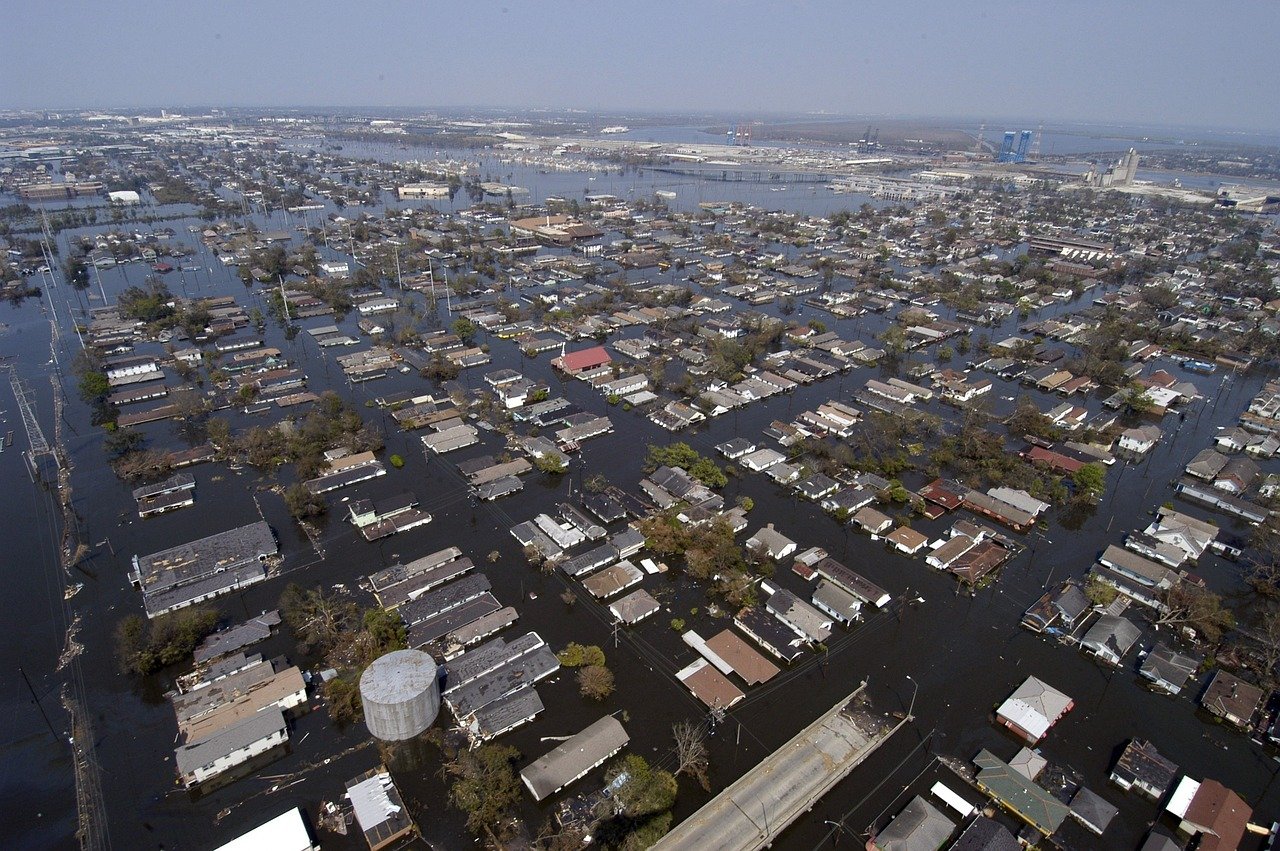Summary
- US mortgage approvals tend to dip following hotter-than-normal weather, with values falling by over 6.5% for every 1 degree Celsius rise in temperature.
- Lenders are increasingly trying to pass on the risk of mortgaging coastal properties due to climate-related damage like erosion, wildfires, hurricanes, and flooding.
- Banks are beginning to highlight climate risk to borrowers and there is a shift towards offering green mortgages that incentivize energy-efficient retrofits to protect property values.
Rising sea levels, biodiversity collapse, extreme weather—these are the grisly horsemen of climate apocalypse. But don’t forget the fretting loan officers. A study published earlier this year found that US mortgage approvals tend to dip following periods of hotter-than-normal weather. For every 1 degree Celsius that temperatures rise above average, approvals fell by nearly 1 percent—and their value by more than 6.5 percent.
Lower consumer demand was only part of the problem, according to the study’s authors. The effect was mostly down to loan officers’ worries about climate change and what it might mean for the assets they were lending against.
[..]
Big money is finally waking up to the fact that climate change is a gigantic problem. Property is the world’s greatest store of wealth, with a total value just shy of $380 trillion. This is four times global GDP. But there’s a new kind of toxic asset emerging in property portfolios. The number of homes in what you might call “subprime” locations is rising and, in some parts of the world, property value—like a crumbing coastline—is at risk of erosion. Lenders are getting noticeably more reluctant to lend against these assets.
[...]





